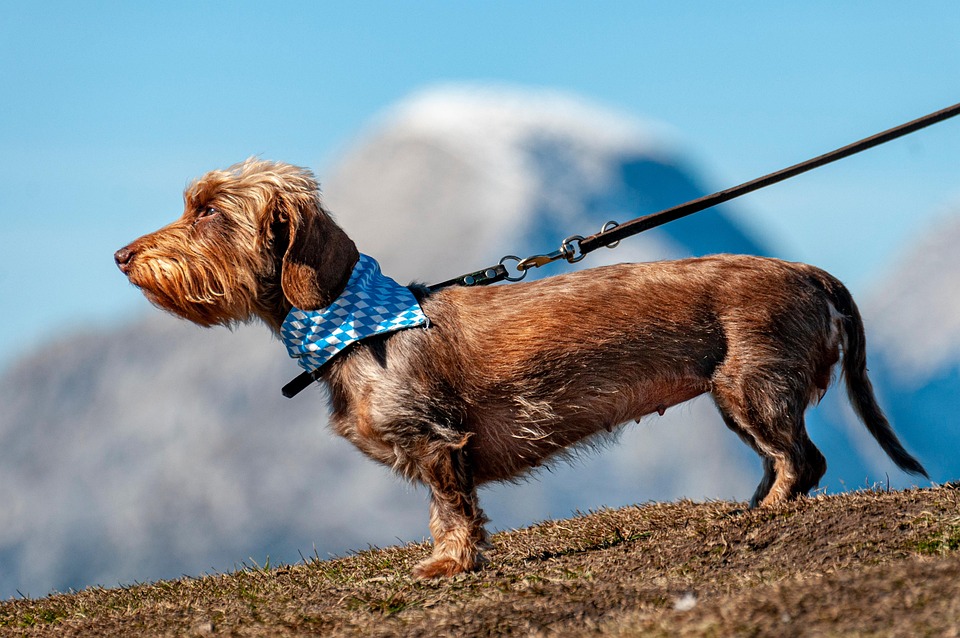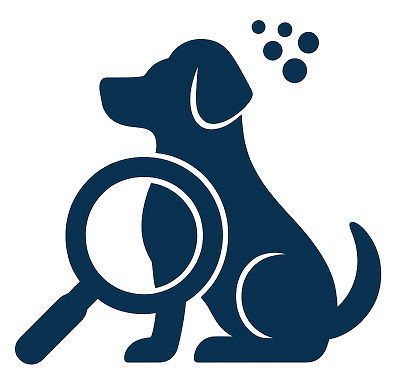
Leash training is an essential part of dog ownership that ensures both the safety of your dog and the enjoyment of your walks together. A well-trained dog not only makes walks pleasant but also reinforces your role as the leader in your relationship. This article will provide you with comprehensive steps to master leash training, transforming your walks into enjoyable experiences for both you and your furry companion.
Understanding the Importance of Leash Training
Leash training is more than just teaching your dog to walk beside you. It is about establishing communication, building trust, and setting boundaries. Proper leash training helps to prevent unwanted behaviors such as pulling, lunging at distractions, and potential aggression. It also ensures the safety of your dog by keeping them close and away from harmful situations like traffic or other animals.
Getting Started: The Right Equipment
Before diving into the training process, it’s crucial to have the right equipment. Invest in a sturdy leash and a comfortable collar or harness. A standard 4 to 6-foot leash is ideal for maintaining control, while a harness can be beneficial for dogs that tend to pull, as it distributes pressure more evenly across the body.
Step 1: Familiarizing Your Dog with the Leash
Start by allowing your dog to become accustomed to the leash indoors. Attach the leash to your dog’s collar and let them drag it around under supervision. This helps the dog to perceive the leash as a non-threatening object. Reward your dog with treats and praise to create positive associations with the leash.
Step 2: Teaching Basic Commands
Basic commands such as “sit,” “stay,” and “come” are integral to leash training. Begin indoors or in a distraction-free environment. Use treats and positive reinforcement to encourage your dog to respond to these commands. Consistency is key; ensure that everyone in the household uses the same commands and methods.
Step 3: Introducing the Heel Command
The “heel” command is essential for maintaining control during walks. Start by holding the leash in your right hand and treats in your left. Encourage your dog to sit at your left side. Begin walking, using the command “heel” and rewarding your dog with treats when they walk beside you. Gradually increase the distance and decrease the frequency of treats as your dog becomes more adept.
Step 4: Practicing in a Controlled Environment
Once your dog is familiar with the basic commands and the heel command, practice in a controlled outdoor environment. This could be your backyard or a quiet park. The goal is to gradually introduce distractions while maintaining your dog’s focus on you. Use treats and praise to reinforce positive behavior.
Step 5: Addressing Pulling
Pulling is a common issue during leash training. To address this, stop walking whenever your dog begins to pull. Wait for them to return to your side or make the leash slack before continuing. Consistency is crucial; do not allow your dog to move forward while pulling, as this reinforces the behavior. Patience and persistence will yield results over time.
Step 6: Gradually Increasing Distractions
As your dog becomes more comfortable with walking on a leash, gradually increase the level of distractions. This could include walking in busier areas or introducing other dogs. Use the same techniques of stopping and redirecting your dog’s attention to you whenever they become distracted. Remember to reward positive behavior consistently.
Common Challenges and Solutions
Fear or Anxiety
If your dog exhibits fear or anxiety towards the leash or during walks, take a step back and identify the source of their discomfort. Gradually reintroduce the leash in a calm environment, using treats and praise to build positive associations. Consider using a harness instead of a collar to alleviate pressure on the neck.
Lunging at Distractions
Lunging can be managed by maintaining a short leash and anticipating potential triggers. Use the “leave it” or “watch me” command to redirect your dog’s attention. Practice these commands in a controlled environment before exposing your dog to distractions.
Barking
Barking during walks can be addressed by using commands like “quiet” or “enough.” Reward your dog when they stop barking and remain calm. If barking persists, consider professional training to address underlying behavioral issues.
Maintaining a Routine
Consistency and routine are vital for successful leash training. Establish a regular walking schedule and stick to it as much as possible. This helps your dog to anticipate and look forward to walks, reducing anxiety and unwanted behavior.
Incorporating Fun and Engagement
Make walks enjoyable for your dog by incorporating play and engagement. Allow your dog to explore new scents and environments, but ensure they do so within the boundaries you’ve set. Introduce games like fetch or hide and seek to keep your dog mentally stimulated during walks.
When to Seek Professional Help
If you find yourself struggling with leash training despite your best efforts, it may be beneficial to seek professional help. A certified dog trainer can provide personalized guidance and address specific behavioral issues. Professional training can be especially helpful for dogs with deep-seated fears or aggressive tendencies.
Conclusion
Mastering leash training is a rewarding process that strengthens the bond between you and your dog. By following these simple steps and remaining patient and consistent, you can turn your walks into a joyful experience for both you and your furry friend. Remember, every dog is unique, and training may require time and adjustments to suit your dog’s individual needs. With dedication and love, happy walks are within reach.
#ChatGPT assisted in the creation of this article.













